Indian weddings – specifically Hindu or Vedic weddings – are awe-worthy events, to put it lightly. Involving three days of completely different events, the weddings are true spectacles. But more than spectacles, they are a spiritual and beautiful way to start two new lives together.
According to Indian tradition, a person has two sections of their lives, so to speak; there is being born, and there is being married, which is almost a second phase of life. The latter is celebrated by the Indian wedding, and it has been around for as long as civilization. First mentioned in the oldest section of the sacred Hindu text the Rigveda, called the Shakala Samhita, Indian weddings have been practiced for 8,000 years (or longer). The wedding ceremonies sometimes vary in the north versus south India, but many of the customs have blended, one of which is the Mehndi, from the Henna plant.
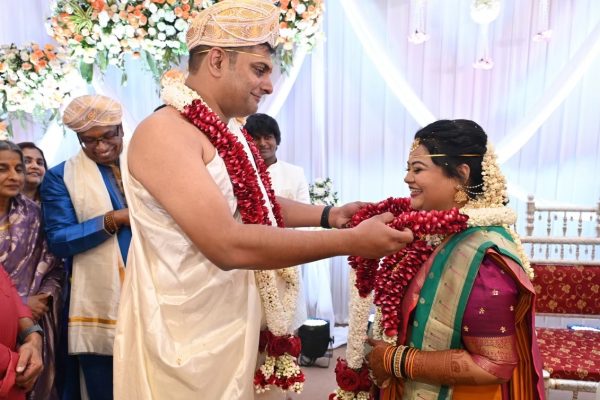
The word Mehndi comes from Sanskrit, mendhika (मेन्धिका). Mehndi is a red-brown paint made from the Henna plant, and it is used to create intricate designs over the hands and sometimes feet; the paint will fade over time if you’re getting worried. The practice comes from ancient Babylonian non-wedding events, but by 300 CE, India had taken it for the wedding; and thus, it became used in both Hindu and, later, Muslim wedding traditions. Later on, it spread from India’s north to the south, which is how my uncle’s wedding had a Mehndi ceremony. The ceremony may sound lavish and fancy, but a large part of it involves sitting in a room waiting for your turn and talking with your entire family (even more so with strangers). Mainly the bride and other women apply Mehndi, but now men get smaller Mehndis that serve more as tattoos. This is usually the first event because the paint can take a good 24 hours to get a dark, black-brown color (a few people were impatient and had some orange Mehndi). That usually concludes the first night.
On the first day, one will wake up and do only one thing before the evening: if they had Mehndi, they would scrape it off with moderate to annoying difficulty after waking with plastic bags on their forearms (and maybe feet). If they don’t need to do that, then they will practice for the following event, the Sangeeth. The Sangeeth was not normally used in South Indian customs, but in North India, it is a long-standing tradition made popular by the Punjabis and Bollywood. Nowadays, many people across India have Sangeeths, like my own family at the aforementioned wedding of my uncle. The point of the event is for each family to show off and celebrate before the actual wedding. People will dance, sing, and play instruments, mostly involving music, for Sangeeth (संगीत) means music in Sanskrit, after all).
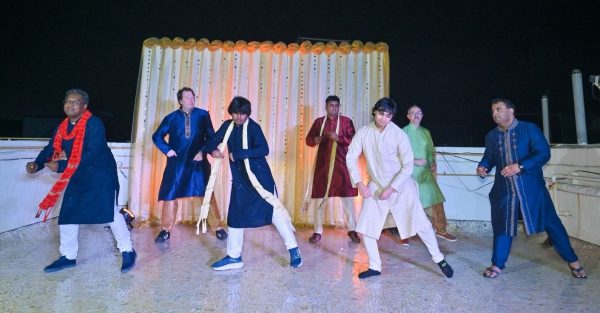
The second day is both chiller and more serious at the same time. One must wake up early to head to the site of the puja (from Sanskrit, ‘puja or पूजा’, meaning ‘worship’). The poojari (priest) will pray to make sure that nothing bad will happen to the bride and groom and that they have all the blessings needed. Those who aren’t directly participating can talk quietly or in another room (which is what I did until I had to participate). It’s very nice, but sitting on the floor for an hour really hurts your butt.
Now comes the wedding. First, the bride’s family arrives, then the groom’s family arrives. In South Indian weddings, the groom has a thozhan (தோழன்), meaning ‘buddy’ in Thamizh, the oldest South Indian language. At my uncle’s wedding, I was the thozhan, and I had to follow him and hold up the antarpat, a large sheet between the bride and groom. This is from really traditional weddings where the sheet would be dropped, and that’s when the bride and groom would see each other for the first time (and try to keep a poker face if they were disappointed). The poojari will be there to help with the tying of the mangalsutra (a necklace that is the deal-sealer) and to help the bride and groom take the seven steps (saptapadi), and then they will be ready to live a married life. Since British colonization, most Indians have integrated the honeymoon into weddings, though it was a Christian tradition.
Either way, the wedding is concluded, and the bride and groom shall hopefully live happily ever after…

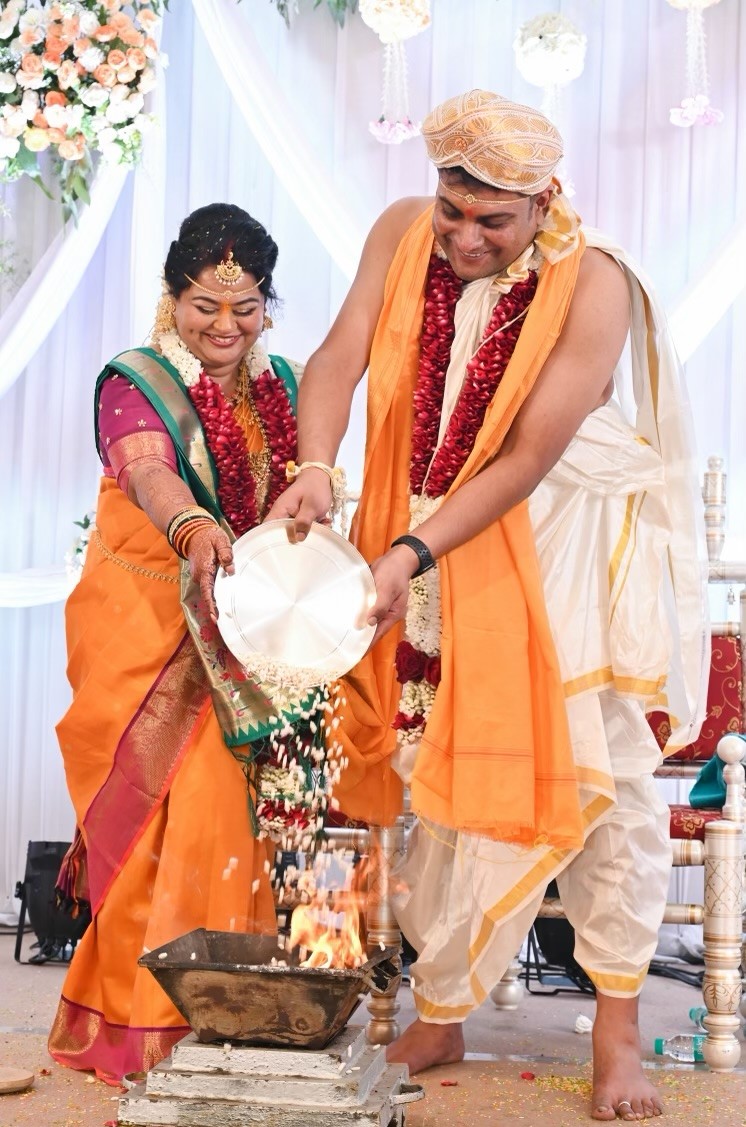

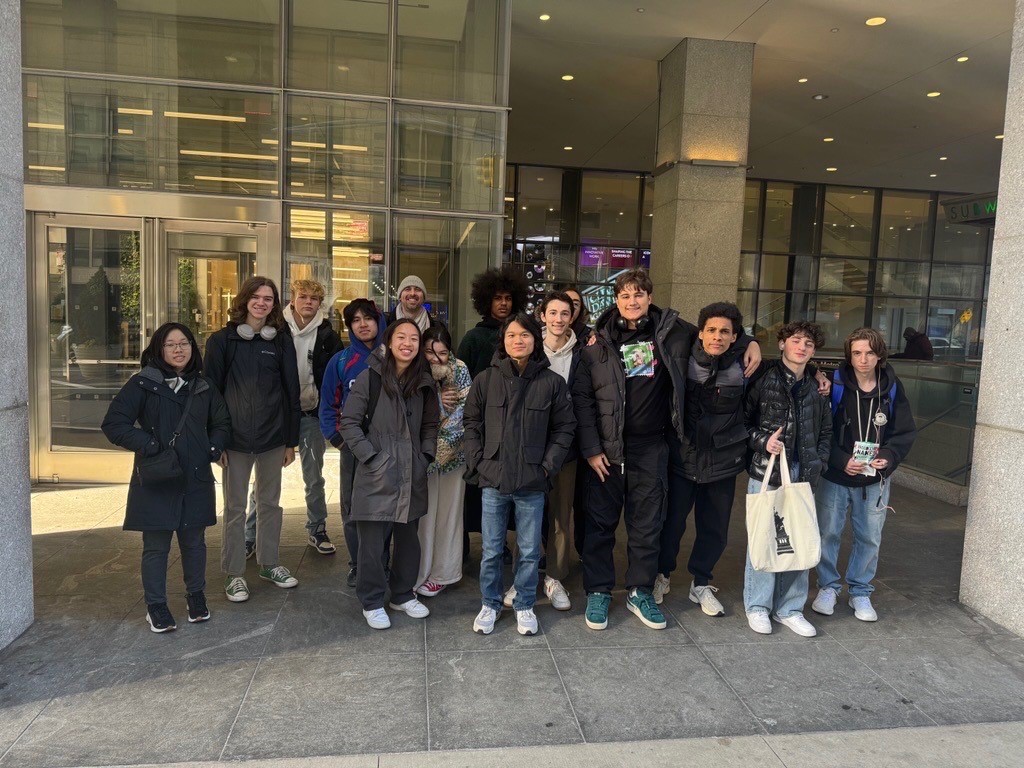





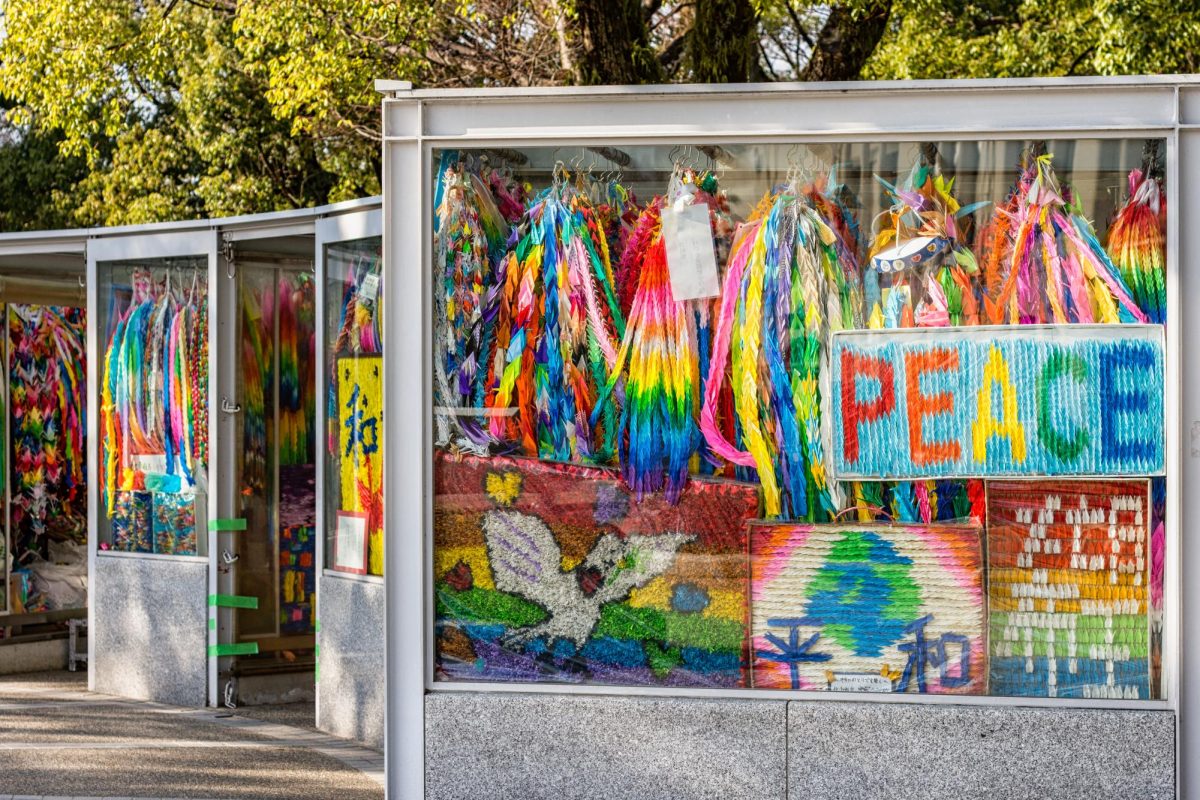
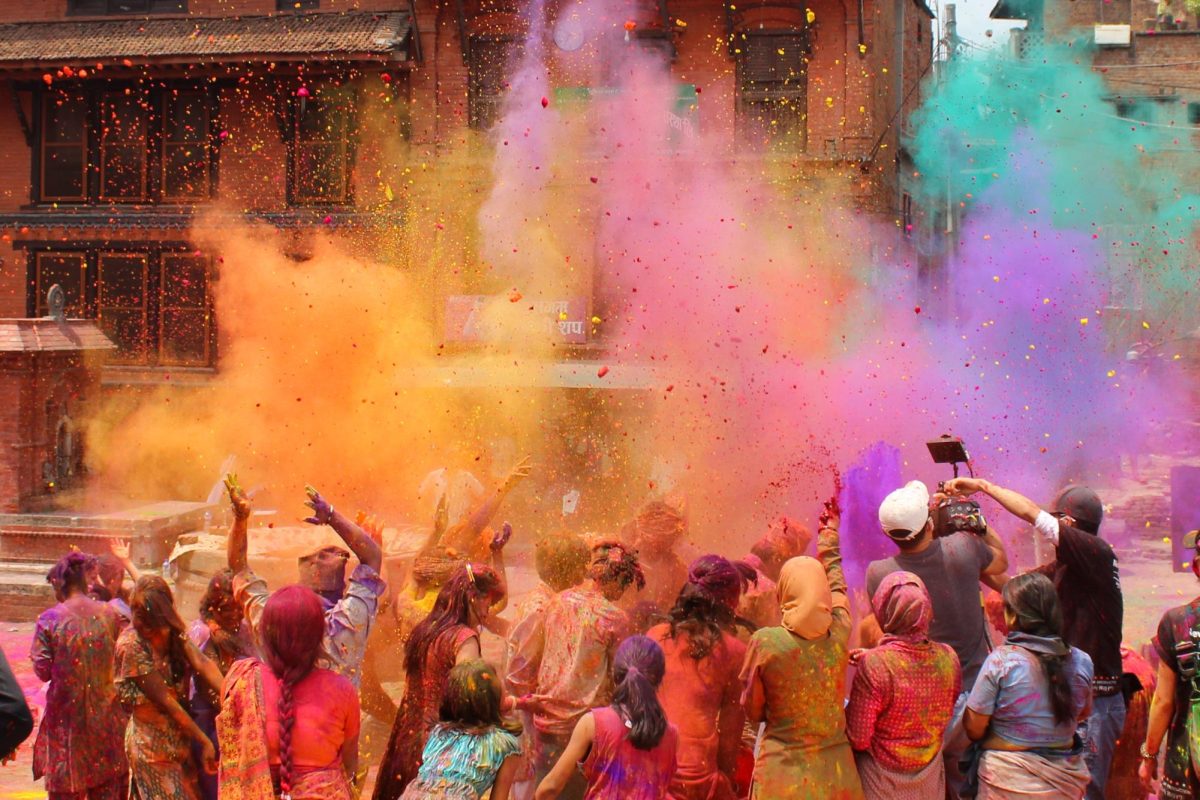



Anonymous • Feb 1, 2025 at 8:54 am
Great document and well explained